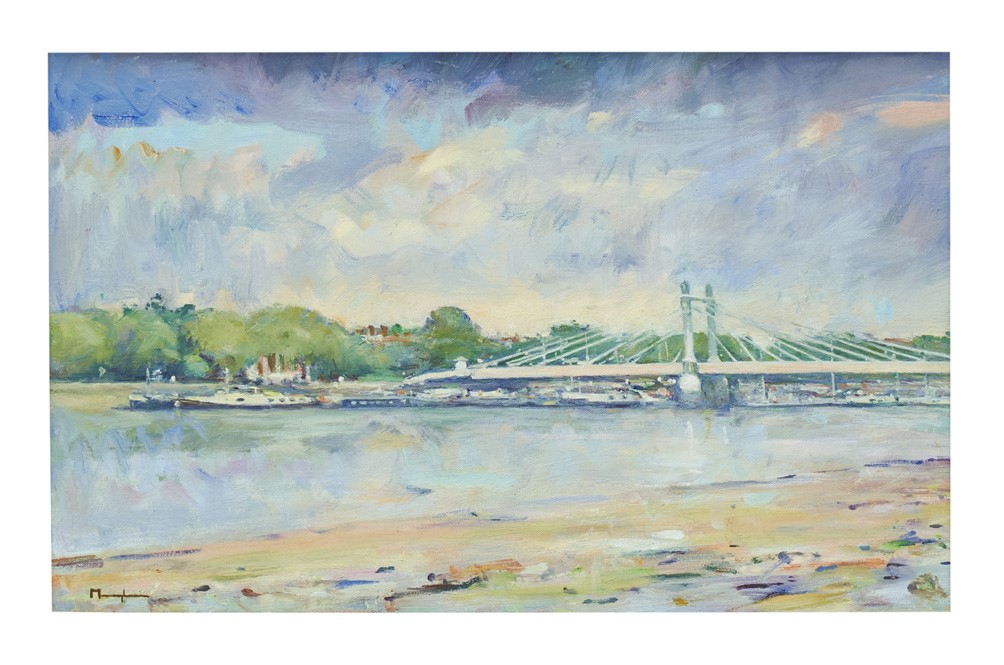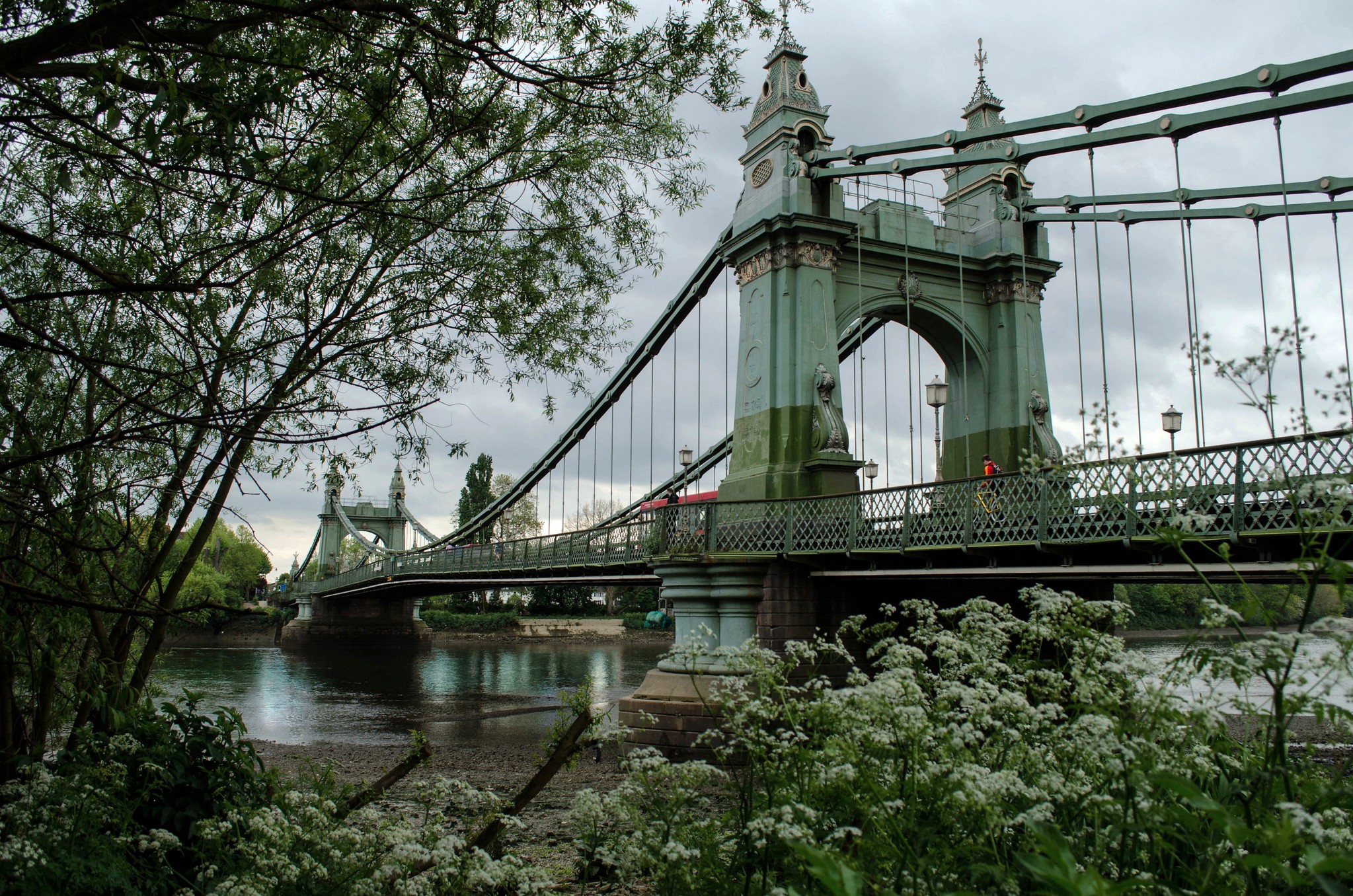The Value of Preserving Built Heritage

Being a resident of London since my childhood, I am immensely privileged to be surrounded by historical, even ancient, testaments to the city’s history and cultural heritage. From buildings to sculptures to bridges, the capital is filled with landmarks that have made London so iconic.
The idea of protecting and preserving invaluable historical assets has existed since ancient times, with the Ancient Greeks in Egypt. From the very beginning, humanity has attached profound meaning to artefacts and structures, even long after their initial conception and construction.
In today’s society, there is a risk that overwhelming emphasis on modernisation overshadows the importance of built heritage conservation. It remains one of society’s most valuable assets, culturally, educationally, and simply as a key part of one’s identity.
As society and people evolve throughout history, the built environment also changes. Even if its physical structure does not always change, it holds different meaning for a different audience from different time periods. Part of the beauty of historical infrastructure lasting over decades or centuries is that they are witnesses to both the wonderful intricacies and mundanity of human life. With the help of archaeologists and historians, we can discern the diverse ways humans adapt it or their own behaviour to transform the significance of the building or structure.
As society and people evolve throughout history, the built environment also changes. Each element of the built landscape is deeply interlinked to each other and its users, impacting the overall appearance of the space, influencing our movement within it, and allowing us to attach significance to particular sites.
Two landmarks that are especially meaningful for me are Hammersmith Bridge and Albert Bridge, which first opened in 1887 and 1873, respectively. Both are located in London and across the River Thames, they are masterful pieces of architecture and art whose distinctive Victorian designs have firmly embedded themselves in the minds of locals and tourists alike.
Albert Bridge is perhaps one of the most famous bridges in London, immediately recognisable by its unique pink, blue and green colour scheme and night-time illumination by thousands of round bulbs. The Victorian structure has been a focal point of many of my paintings, and I am not alone in my fondness for the bridge based on its frequent depictions in historical artworks and more recent films.
Hammersmith Bridge is in its second iteration, replacing the first bridge from the 1820s. Enduring 135 years of pedestrians, carts and vehicles, the bridge—just like Albert Bridge—has been in need of structural repair numerous times. Most recently from 2019 to 2021, the bridge was shut to motor traffic due to concerns that the bridge could suddenly collapse. At the time its indefinite closure was alarming and truly revealed how locals and users truly valued the bridge.
As a site of pride for Hammersmith and Barnes, this bridge was not only a practical piece of transport infrastructure but a physical manifestation of the achievements of Victorian engineering and the local area’s iconic features. The long delays to its repair and reopening due to insufficient funding highlighted how there is inadequate support for heritage conservation, and much more needs to be done to raise awareness around the problem.
The value of preserving cultural heritage can be attributed to its appearance, form, use, and cultural and personal significance. Throughout London, the city is full of historical buildings and structures from a massive range of time periods and styles, and it is the physical, visual and emotional experience of this built heritage that makes London a rich, world-renowned, cultural hub. Just as past generations have done for us, we must make sure this is here to stay to be enjoyed by future residents and visitors.
Oliver Maughan is a British landscape painter based in London. He finds inspiration in the ever-changing seasons, weathers, tides, and light of the new places he finds. He is also inspired by the people who live in his landscapes.

